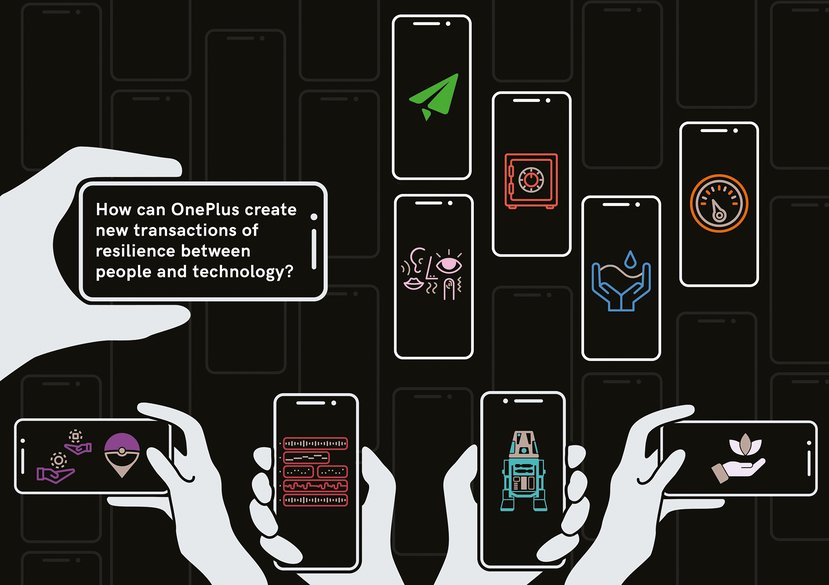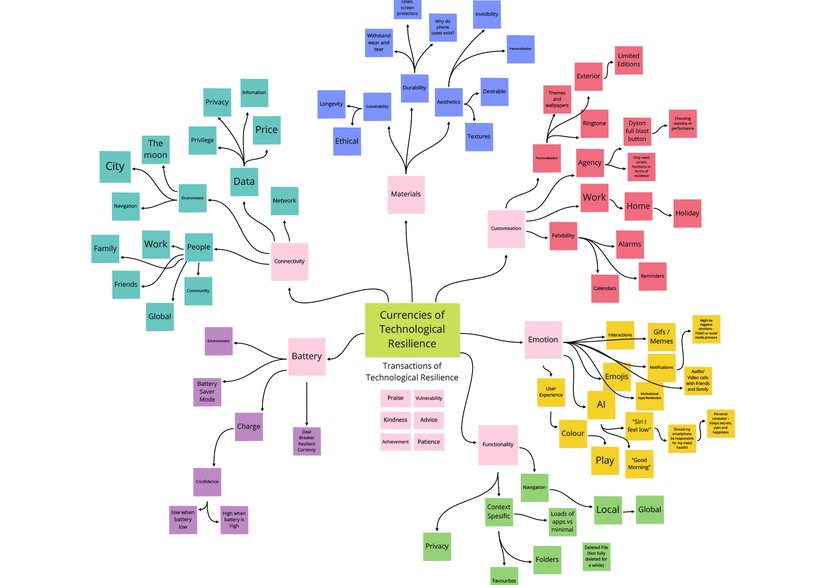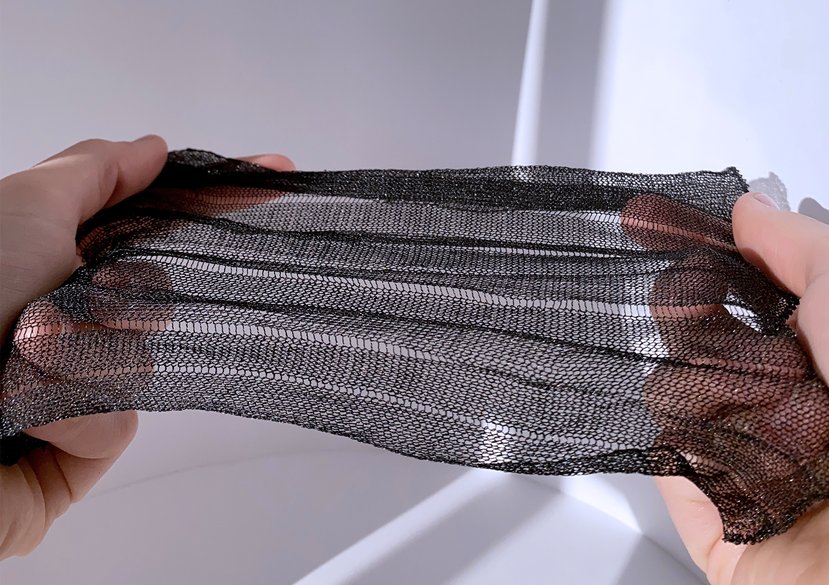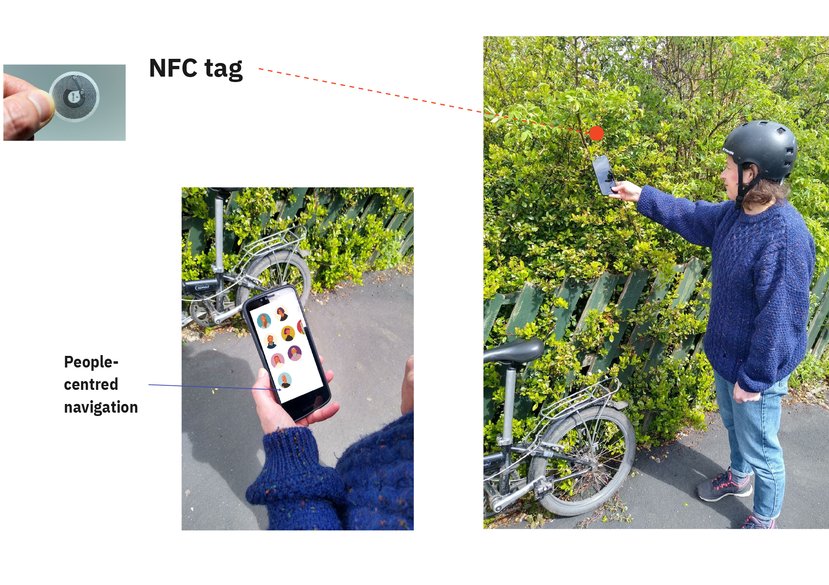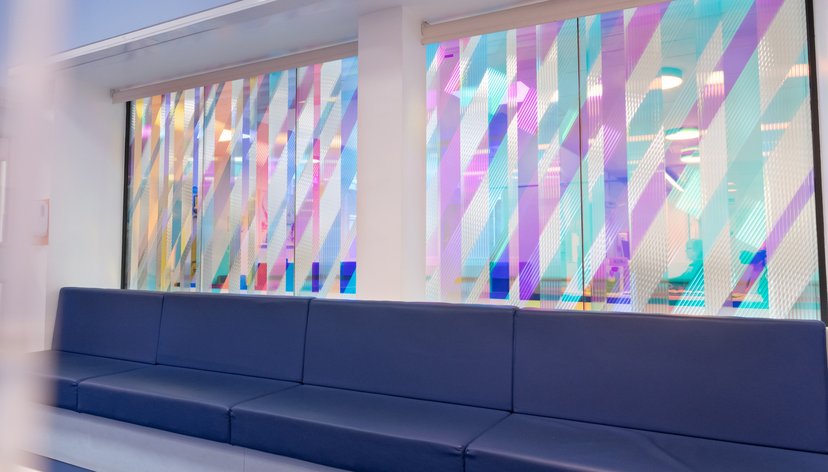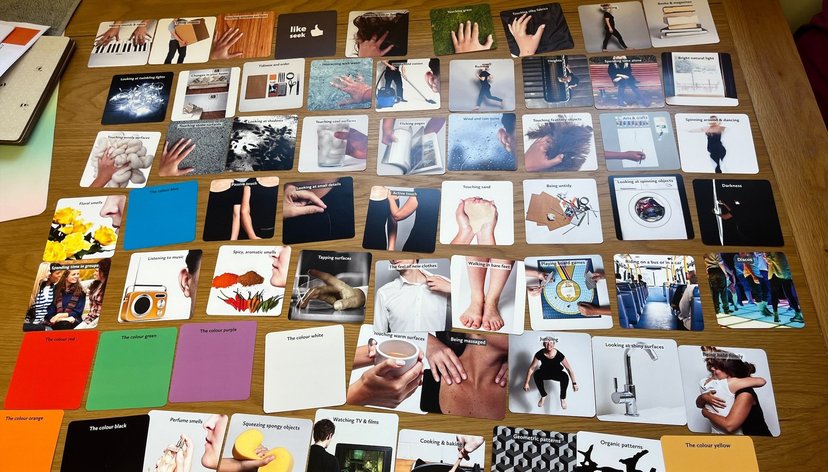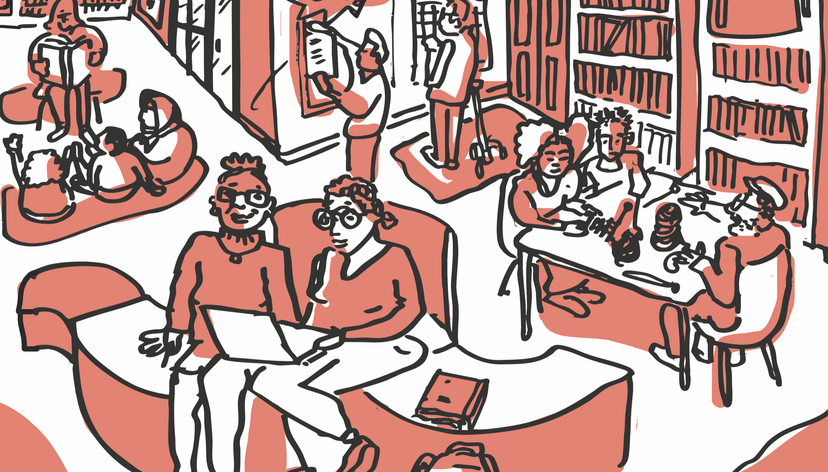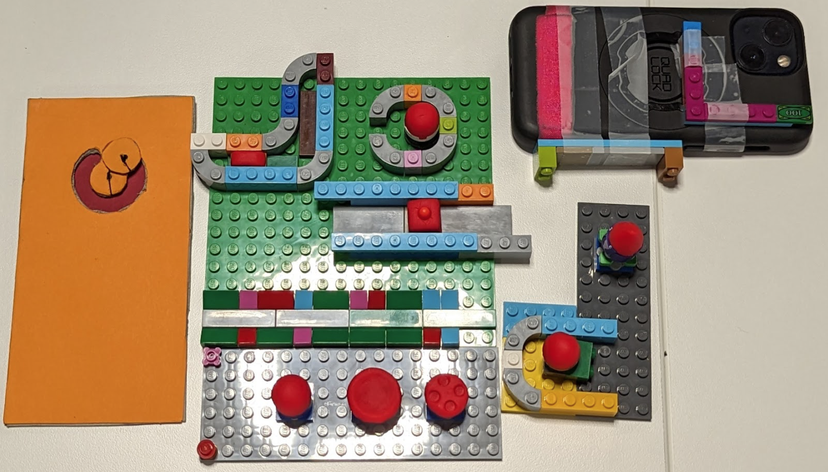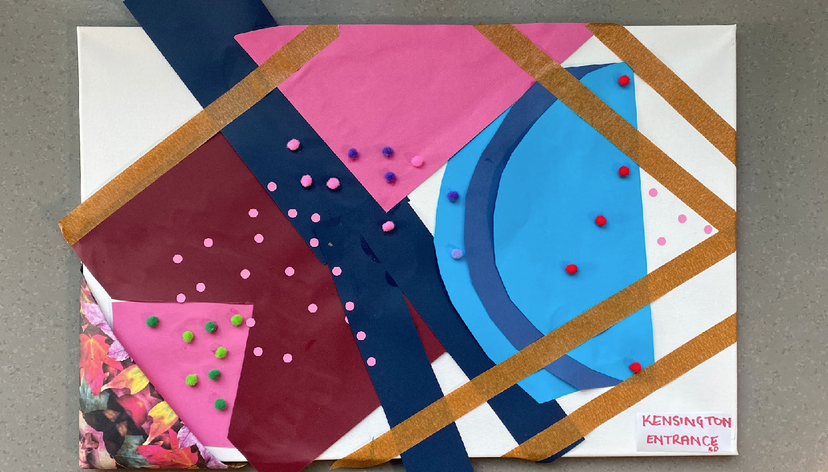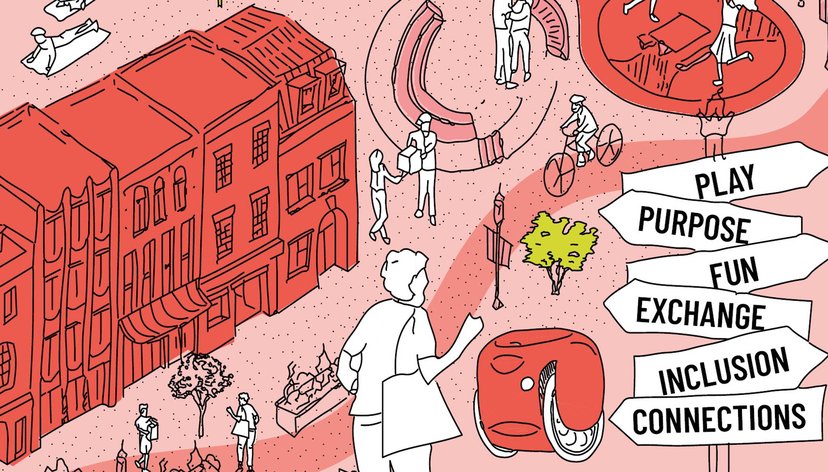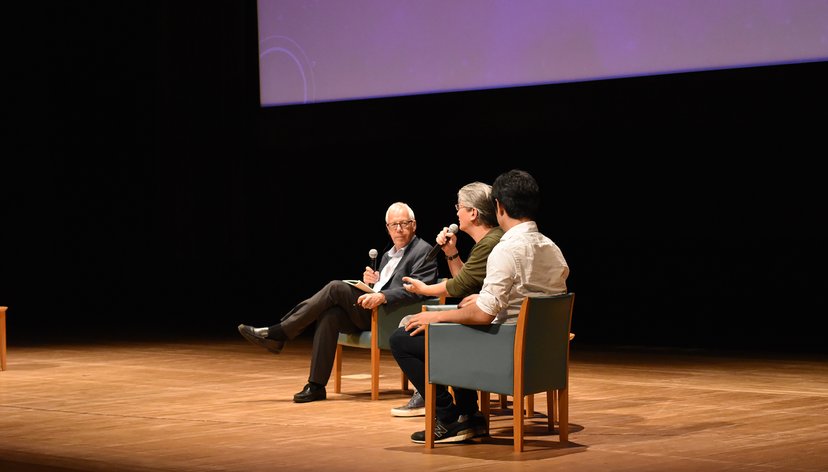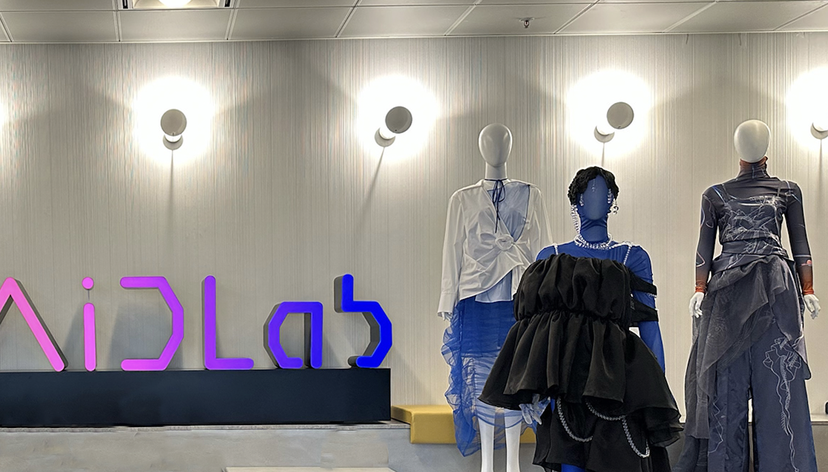
How might OnePlus, through inclusive and resilient technology design, create positive impact for the person, for their community, for society at large, and for the planet?
At a glance
- The overall aim of the project was to explore the meaning of ‘Resilience’ for the OnePlus brand, business and next generation smartphone technologies.
- A team of ten design researchers drawn from The Helen Hamlyn Centre for Design and RCA Master’s students worked intensively over a six-day design sprint to explore the theme of ‘Resilience’ through a creative, inclusive, future-focused and innovative lens.
- The design sprint resulted in a range of design propositions that created a system of personal and technological resilience and interactions.
Key details
Gallery
More information
The challenge
This project is a pathfinder collaboration between The Helen Hamlyn Centre for Design (HHCD) at London’s Royal College of Art and smartphone technology company OnePlus. The overall aim of the project was to open up visionary thinking, new design directions, and opportunity areas for OnePlus around the theme of ‘Resilience’. Questions that guided the design developments included:
- What does inclusion mean for the next generation of smartphone design?
- What user behaviours, digital interactions and communication needs should be considered in 21st-century technology and communications?
- How can people-centred design inform the development of smartphone products, services and experiences that challenge the status quo of
- smartphone markets?
- How can we ensure that ideas have social and economic relevance and benefit?
What we did
The project was delivered via a design sprint which employed a team of ten design researchers. Three teams were compiled to develop a range of people-centred design ideas and prototypes that explored the theme of ‘Resilience’ in relation to technology design through a creative, inclusive, future-focused and innovative lens.
A key consideration was to ensure that project outcomes aligned with OnePlus’ vision and strapline – ‘Never Settle’ – and their aim to impact how future generations use technology.
The design sprint followed a standardised four-phase innovation process based on the tried and tested people-centred design activities of The Helen Hamlyn Centre for Design.
Interviews with lead users enabled the inclusion of technology aspirations, views, and needs of people who are often excluded from mainstream technology design and service.
Outputs
The user insights, design thinking and concept mapping led to the formulation of three projects:
- Sense of Self
- Currencies of Resilience
- Resilience of Nature, Emotional Durability, Ethics of Transparency.
A range of outcomes were proposed under each project, including technology applications to support personal resilience, new material and packaging propositions, service design ideas that diversify OnePlus’ community-centric approaches, and higher-level considerations for the ethical and sustainable technology design, production and use cycles.
